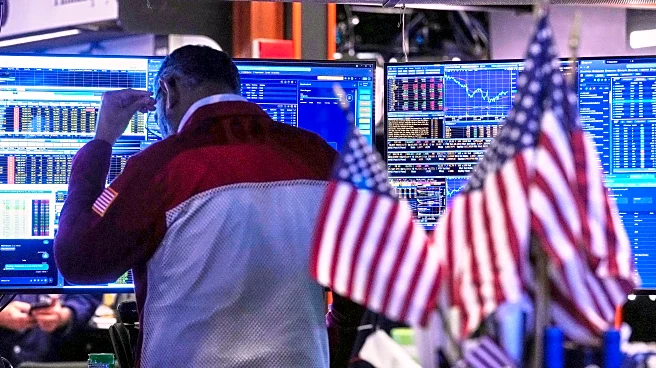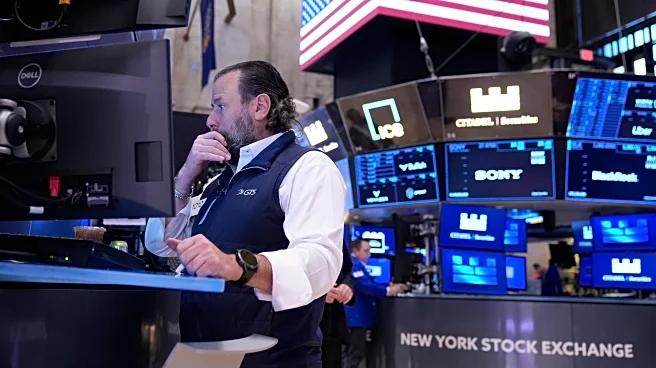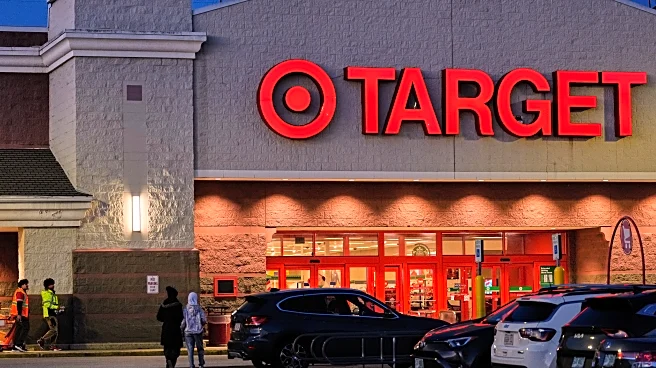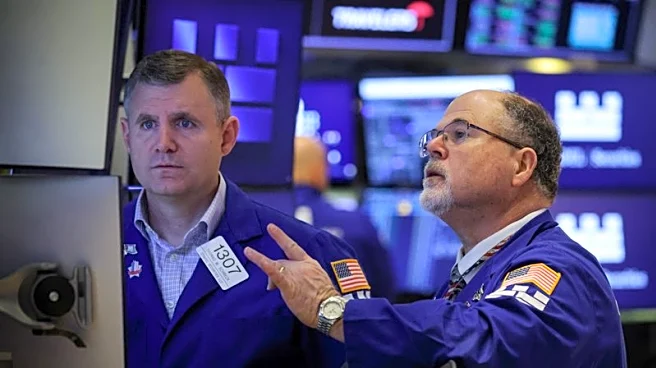What's Happening?
Walmart has increased its sales outlook for the year, anticipating a rise of 4.8% to 5.1%, as it attracts price-sensitive shoppers amid inflationary pressures. The company has gained market share across
various income groups, driven by low prices and expanding digital services. Walmart's grocery business, accounting for 60% of U.S. sales, remains a key driver of demand. The retailer is also drawing more affluent customers through online services and fast deliveries, including luxury items. CEO Doug McMillon is set to retire, with John Furner taking over, as Walmart continues to integrate artificial intelligence into its operations.
Why It's Important?
Walmart's ability to attract consumers during economic uncertainty highlights its strategic advantage in the retail sector. The company's focus on technology and digital services positions it well against competitors, ensuring continued growth. The leadership transition to John Furner is significant, as he will guide Walmart through the AI age and maintain its competitive edge. Walmart's performance serves as a barometer for consumer spending, influencing broader economic trends and retail strategies.
What's Next?
Walmart's move to Nasdaq underscores its commitment to technology, and the company is expected to further expand its digital offerings. The upcoming holiday season will be a critical period for Walmart to capitalize on its strategic initiatives. John Furner's leadership will be pivotal in navigating economic challenges and sustaining growth, with potential impacts on Walmart's market positioning and competitive dynamics.













